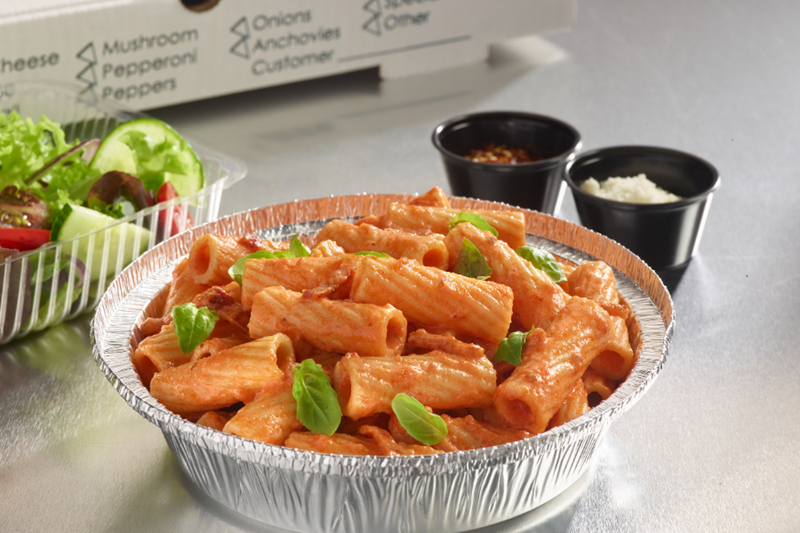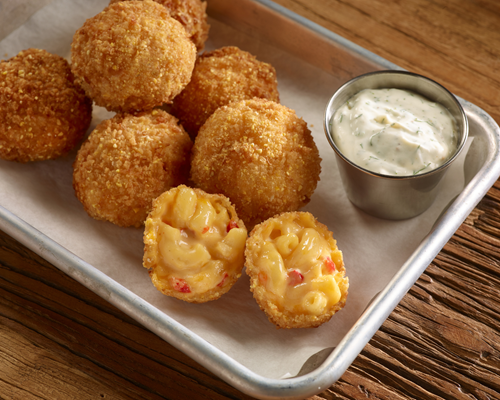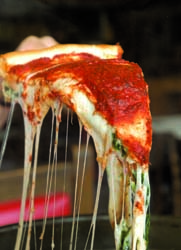
“The biggest problem I have is the declining attitude of the workforce.”
“The biggest thing with my workforce is the lack of consistency—some are just order takers.”
“The toughest part is consistency with the employees—not only motivation (because they can be motivated), but things like family issues, two employees not getting along, not remembering how we do things.”
These are some of the comments I have heard in conversations with pizza restaurant owners across the U. S. What’s the common theme? Attitudes! (And consistency.) Today’s workforce seems to change every day, and it’s up to you to keep your team headed in the right direction—consistently.
How can you do that? Let’s start with a very simple tactic: Stop using the word, “employee!” The word “employ” means “to use,” and that just doesn’t work with today’s workforce. You need your team to work “with” you, not “for” you. I’m quite sure that you would like to see better teamwork at your pizza restaurant, so…
Get rid of the word, “employee.” Then, reinforce the “teamwork” theme by calling them “team members.” Sounds too simple, doesn’t it? But it works. I made this point at a presentation for Harley Davidson dealers. After my program, a Harley dealer came up to me and said, “Pardon me for sending a text message to my leadership team during your program. They are in the process of editing our employee manual. I sent my team leaders a text, telling them to eliminate the word, ‘employee,’ and change it to ‘team member.’” About a month later, this Harley dealer called me and said, “I can’t believe the difference that this has made in my team’s attitude. We now have a ‘Team Member Handbook,’ and we don’t use that ‘e-word’ around here anymore. It’s been amazing! Just by changing one word!”
My wife and I were at a reception for a conference at the J.W. Marriott Starr Pass in Tucson, Ariz. There were many food stations set up around the outdoor patio. We came upon a “hot dog” station and passed it by. After gathering some shrimp from the middle of an ice sculpture, we walked by another hot dog stand. This time, we were drawn to the station by the server. She greeted us by saying that these were not ordinary hot dogs—they were Sonoran hot dogs. As with pizza, there were several things that she could put on the hot dog at our request, and we went with pinto beans, bacon and Southwestern relish, with a pepper on the side.
We found a table and sat down with our shrimp and Sonoran hot dogs. One bite in we knew we wanted more. Lynn went to get seconds on the hot dogs and complimented the server for her positive attitude, for convincing us to try her special hot dog. She smiled and said, “This is great fun for me. If I had a cooking show, there would be more laughter.”
The next day, during my workshop, I told this story. Several people in the audience had similar experiences with the server. She told one audience member that she was a “hot dog artist.” Indeed, she’s an artist, and her media is service.
Does your pizza restaurant have enough laughter? How many “pizza artists” work for you? I bet you haven’t asked these questions, but I’d also wager that if you could answer yes to both of them you’d be on your way to having a more popular pizzeria.
See Mark Mayberry at Pizza Expo / Click Here to Register for Expo
Mark Mayberry is the author of “Building The Dream Workforce” and “Lessons From The Links.” He’ll present “The 12 Toughest Pizza Restaurant Service Situations, And How To Handle Them” at Pizza Expo 2012. Suggest your toughest service issue to him at [email protected]



